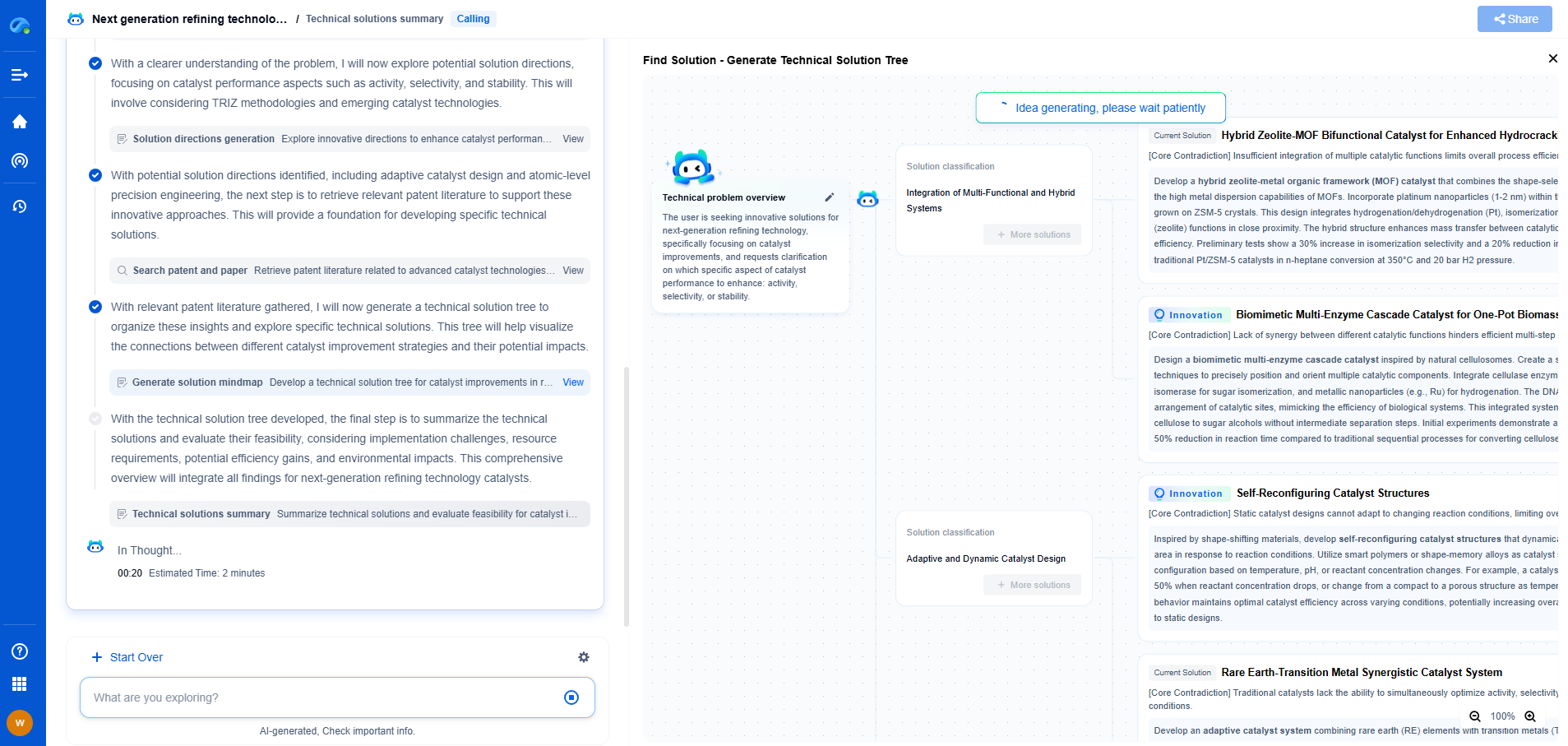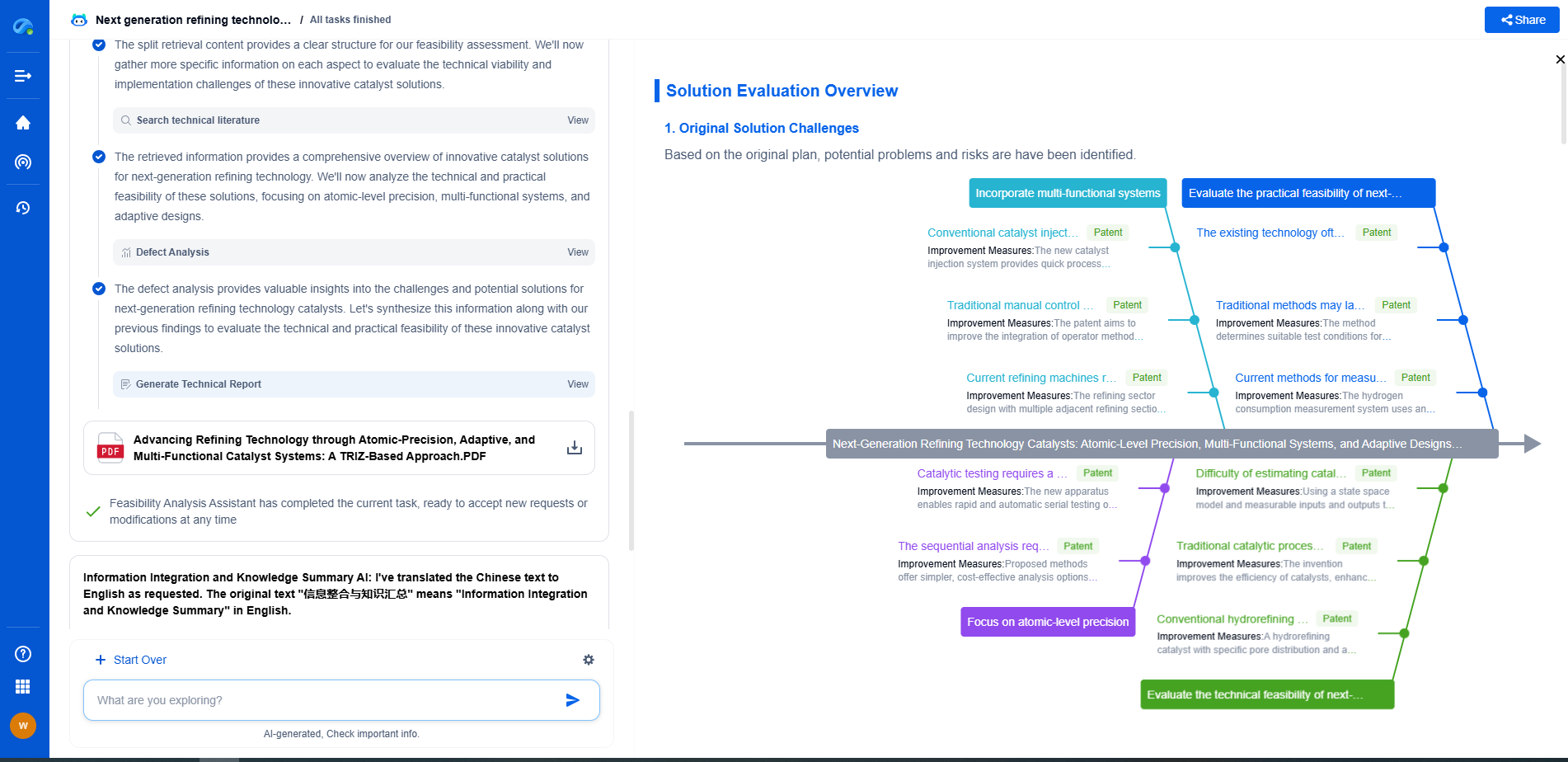Hall Effect Sensor Drift: Temperature Compensation Methods
JUL 9, 2025 |
Hall effect sensors are widely used in various applications for their ability to measure magnetic fields with high precision. However, one of the challenges faced by engineers and designers when using these sensors is drift, particularly caused by temperature variations. Hall effect sensor drift can lead to inaccurate readings and affect the overall performance of the system in which they are used. Understanding the effects of temperature on these sensors and implementing compensation methods is crucial for maintaining the accuracy and reliability of measurements.
Causes of Sensor Drift
Before diving into temperature compensation methods, it is important to understand the main causes of sensor drift. Drift in Hall effect sensors can be attributed to several factors, including:
1. Temperature Variations: Hall effect sensors are sensitive to changes in temperature, which can cause the sensor’s output to shift. This temperature-induced drift is primarily due to changes in the carrier mobility and the resistance of the sensor’s components.
2. Aging and Wear: Over time, the materials used in Hall effect sensors can degrade, leading to changes in their electrical properties and resulting in drift.
3. External Magnetic Fields: Nearby magnetic sources can interfere with the sensor’s readings, causing drift.
Temperature Compensation Techniques
To mitigate the impact of temperature-induced drift, several compensation methods can be employed. These techniques help ensure that the Hall effect sensor maintains accurate readings despite temperature fluctuations.
1. Temperature Sensing and Correction
One of the most straightforward methods of compensating for temperature-induced drift is to use an additional temperature sensor. By measuring the ambient temperature, corrections can be applied to the Hall effect sensor’s output. This involves the calibration of the sensor’s response at various temperatures and using this data to adjust the readings accordingly.
2. Built-In Temperature Compensation
Many modern Hall effect sensors are equipped with built-in temperature compensation features. These sensors include additional circuitry that automatically adjusts the output based on the detected temperature. This feature simplifies the design process and reduces the need for external compensation methods.
3. Software-Based Compensation
In systems where additional processing power is available, software-based compensation can be an effective solution. By implementing algorithms that account for temperature variations, the sensor’s output can be corrected in real-time. This method offers flexibility and can be tailored to specific application requirements.
4. Differential Measurement Techniques
Differential measurement involves using two Hall effect sensors in close proximity and measuring the difference in their outputs. By doing so, common-mode temperature effects can be canceled out, resulting in a more stable and accurate measurement. This technique is particularly useful in environments with significant temperature fluctuations.
5. Material and Design Optimization
Improving the materials and design of Hall effect sensors can also reduce their susceptibility to temperature-induced drift. For instance, using materials with lower temperature coefficients or designing the sensor to minimize thermal expansion can lead to improved stability.
Challenges and Considerations
While temperature compensation methods can significantly reduce drift, they are not without challenges. Implementing these techniques requires careful calibration and validation to ensure accuracy. Additionally, the choice of compensation method may impact the overall cost and complexity of the system. Designers must weigh the benefits of compensation against these factors to select the most appropriate solution for their application.
Conclusion
Hall effect sensor drift, especially due to temperature variations, is a critical issue that can affect the accuracy and reliability of measurements. By understanding the causes of drift and employing effective temperature compensation methods, engineers can mitigate these effects and enhance the performance of their systems. Whether through hardware modifications, built-in features, or software algorithms, addressing temperature-induced drift is essential for achieving precise and consistent measurements in a wide range of applications.
Navigating the evolving world of electrical measurement—from high-precision signal integrity to advanced test protocols like BERT or TDR—demands more than just expertise; it demands smart tools.
Patsnap Eureka empowers you to keep up—by turning complex patent data, technical parameters, and industry signals into actionable insight. It’s your AI partner for exploring what’s next in test, measurement, and electrical diagnostics.
💡 Try Patsnap Eureka for free and see how it transforms the way you work with electrical measurement technologies.
- R&D
- Intellectual Property
- Life Sciences
- Materials
- Tech Scout
- Unparalleled Data Quality
- Higher Quality Content
- 60% Fewer Hallucinations
Browse by: Latest US Patents, China's latest patents, Technical Efficacy Thesaurus, Application Domain, Technology Topic, Popular Technical Reports.
© 2025 PatSnap. All rights reserved.Legal|Privacy policy|Modern Slavery Act Transparency Statement|Sitemap|About US| Contact US: help@patsnap.com

